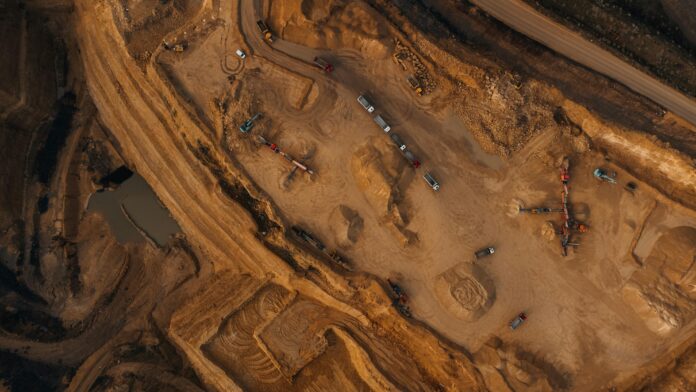Published by Frontpage Journal | Business Insights
Sri Lanka’s mineral sector holds the promise of immense wealth, yet the country is losing billions in potential earnings by exporting its resources in raw form. Ilmenite, phosphate, graphite, and other high-value minerals are shipped overseas with minimal processing, fetching prices that barely scratch the surface of their true economic potential. The greater share of profits, along with the technological know-how, brand equity, and market influence, ends up in the hands of foreign companies that process, refine, and transform these minerals into high-margin products.
The scale of the missed opportunity is staggering. A ton of raw ilmenite sells for a fraction of the price it commands once processed into titanium dioxide, a critical component for aerospace, construction, and advanced manufacturing industries. Graphite is even more striking: in its unprocessed form, it trades as a low-margin commodity, but once refined or converted into graphene, its value multiplies exponentially. The same pattern applies to phosphate, which, when developed into specialized fertilizers or industrial chemicals, can generate several times the revenue of raw exports.
This is not simply a story of price differences, it is about the long-term economic trajectory of the nation. By remaining a supplier of unprocessed raw materials, Sri Lanka effectively positions itself at the lowest rung of the global value chain. The absence of domestic value addition not only limits foreign exchange earnings but also deprives the economy of high-skilled job creation, advanced manufacturing capacity, and innovation ecosystems that could fuel sustained growth.
Reversing this trend requires a strategic shift from extraction to transformation. This means incentivizing local processing facilities, attracting foreign direct investment into mineral-based manufacturing, and establishing industry–research linkages that encourage product development. Government policy must actively support value-added production through targeted tax incentives, export facilitation, and infrastructure tailored for mineral-based industrial clusters.
There is also a competitive urgency to act. Global demand for mineral-based advanced materials is rising rapidly, driven by renewable energy, electric vehicles, electronics, and aerospace. Countries with strong value-add capabilities are securing long-term supply contracts and dominating high-margin markets, leaving raw commodity exporters to compete in price-sensitive, volatile segments. Without rapid modernization, Sri Lanka risks being locked out of these premium market opportunities.
The missed billions are not just theoretical, they represent tangible losses in GDP growth, foreign investment, and national competitiveness. Turning this around is not a matter of incremental reform; it demands a deliberate, coordinated industrial strategy that aligns government, private sector, and research institutions toward a common goal: keeping the highest possible percentage of mineral value within Sri Lanka’s borders.
The choice is stark. The nation can continue exporting raw wealth at low margins, perpetuating dependency on external markets for value creation, or it can capture the full potential of its mineral resources by building a high-value, innovation-driven export sector. The latter path offers not only higher earnings but also the opportunity to reshape the economy for the next generation. The real question is not whether Sri Lanka can afford to add value—it is whether the country can afford not to.




